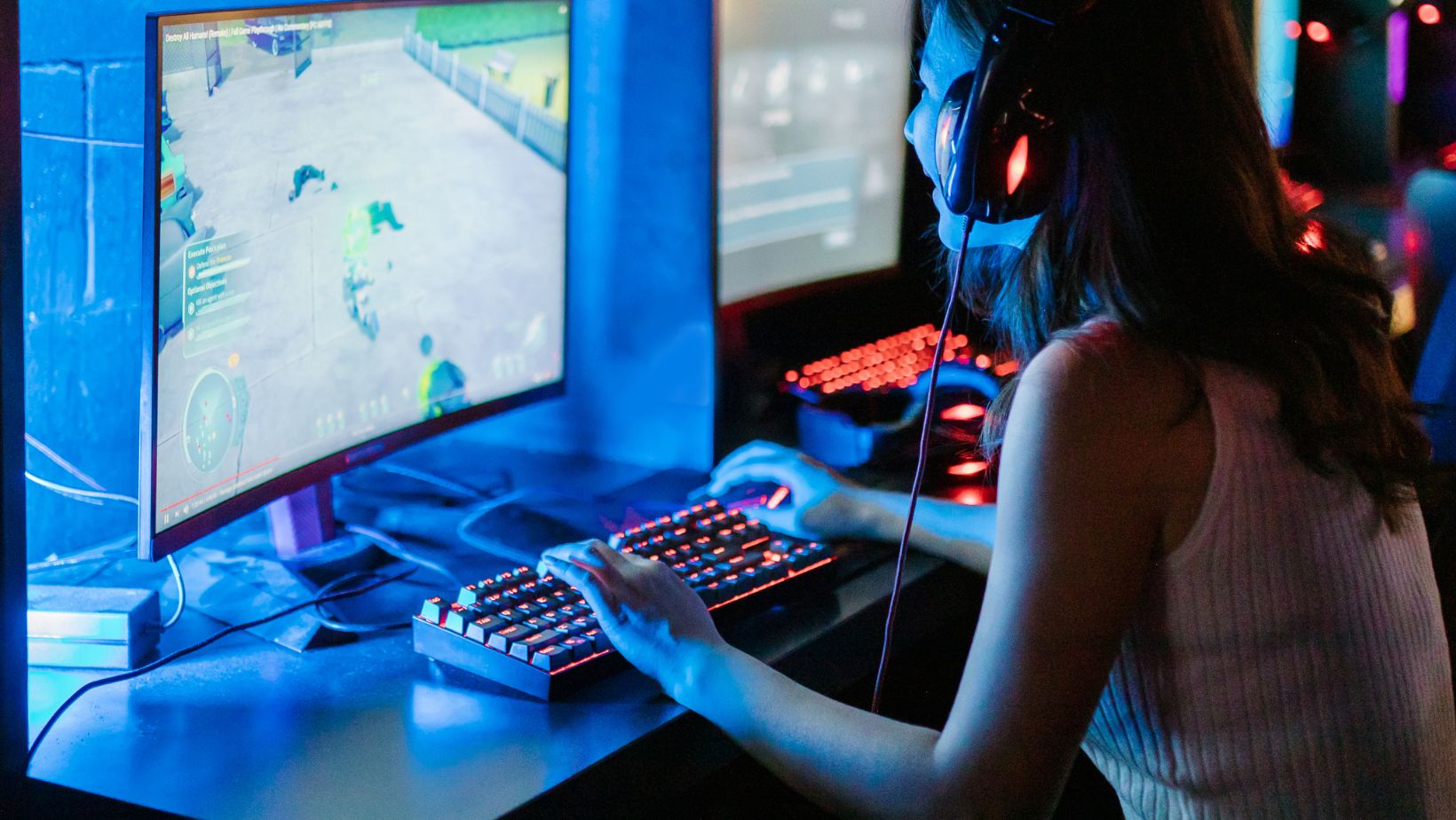How the Game Engine of PUBG Drives an Immersive Battle Royale Experience

PUBG Game Engine

Understanding the PUBG game engine reveals why the game feels so fluid and responsive. It handles everything from rendering detailed graphics to managing in-game interactions seamlessly. This article dives into the technical marvel behind PUBG, exploring how its game engine sets it apart in the competitive world of online gaming.
Overview Of PUBG Game Engine
The PUBG game engine, Unreal Engine 4, powers the game’s visual and mechanical foundation. Developed by Epic Games, Unreal Engine 4 provides high-quality graphics, realistic physics, and comprehensive developer tools. This engine excels in rendering detailed environments and lifelike character movements.
Unreal Engine 4’s robust architecture supports large open-world maps. It manages seamless transitions between different terrains and complex urban environments. Through advanced lighting techniques, it creates dynamic day-night cycles and realistic weather effects.
The engine’s physical simulation capabilities enhance interactions within the game world. Vehicles, weapons, and destructible environments behave in ways that mimic real-world physics. Advanced AI algorithms enhance NPC behaviors, providing unpredictable and challenging gameplay.
Unreal Engine 4’s cross-platform support enables PUBG to function smoothly on various devices. Players on PC, consoles, and mobile devices experience consistent performance and visual quality. Regular updates and optimizations ensure that the game engine remains efficient and current with the latest gaming standards.
History And Development
Unreal Engine 4 plays a pivotal role in PUBG’s success, helping craft an engaging battle royale experience. Delving into the game’s development history, it’s crucial to understand the early stages and subsequent evolution.
Early Development
PUBG’s development began in early 2016 by South Korean company Bluehole. Brendan Greene, widely known as PlayerUnknown, led the project. Drawing inspiration from mods he created for ARMA 2 and H1Z1, he designed a new standalone game. Bluehole chose Unreal Engine 4 for its robust capabilities. Within a year, the team developed a playable alpha version, incorporating battle royale elements like shrinking safe zones and looting mechanics.
Evolution Over Time
After its early access release in March 2017, PUBG quickly gained popularity. The developers continuously updated the game, adding new features, maps, and optimizations. Significant milestones include the introduction of new maps such as Miramar and Vikendi, each offering unique terrains and challenges. The game engine’s flexibility allowed for frequent updates, maintaining player engagement. Cross-platform support expanded in 2018, bringing PUBG to consoles and mobile devices, further broadening its reach.
PUBG’s history and development showcase the strategic use of Unreal Engine 4, enabling rapid prototyping, continuous innovation, and expansive cross-platform support.
Technical Features Of PUBG Game Engine
The PUBG game engine, Unreal Engine 4, offers a range of technical features that contribute to its success. These features enhance the player’s immersive experience and gameplay quality.
Graphics And Visuals
PUBG employs advanced graphical capabilities to render detailed environments and lifelike characters. The engine’s real-time rendering supports high-resolution textures and complex shaders. This enables dynamic lighting, which creates realistic day-night cycles and visual effects like shadows and reflections. Vegetation, buildings, and other assets appear lifelike, providing an immersive visual experience that adds depth to gameplay.
Physics And Mechanics

PUBG’s success can be largely attributed to the powerful capabilities of Unreal Engine 4. This game engine’s advanced graphical rendering, realistic physics, and robust networking framework create an unparalleled battle royale experience. The seamless integration of high-quality graphics, dynamic lighting, and lifelike character movements sets PUBG apart in a crowded gaming market.
-
Personal Finance12 months ago
How Do I Find My UCAS ID Number?
-
Success6 years ago
Consistency: The Key Ingredient to Success
-
Personal Finance12 months ago
What Does Conditionally Approved Mean For An Apartment?
-
Motivation3 years ago
How To Become a More Organized Person?
-
Others5 years ago
Work Health and Safety: 8 Reasons to Maintain a Clutter-free Office
-
Entrepreneurs4 years ago
Why Diversity is Key in Business Marketing
-
HK Pools12 months ago
The HK Pools Forum Comunity Jos Markotop 2D Warna Kuning – A Great Way to Stay Connected
-
Sport2 years ago
What Makes Soccer Betting So Great?




























